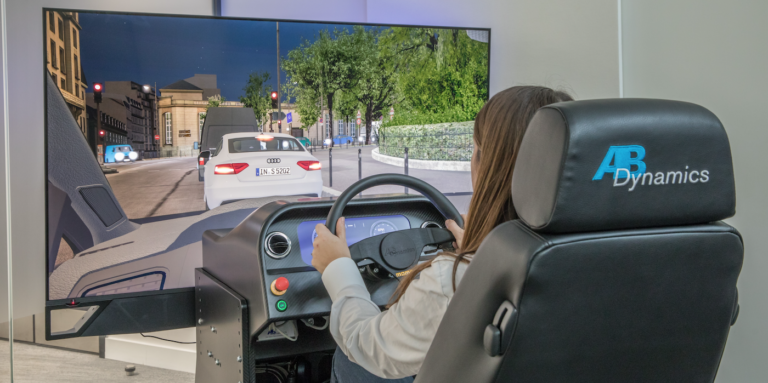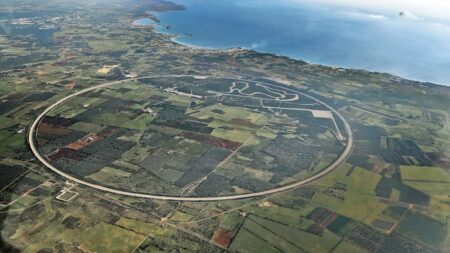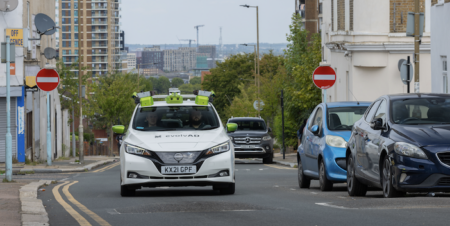Automotive test system supplier, AB Dynamics, has launched a new static driving simulator. Named the aVDS-S, the simulator is claimed to deliver “unprecedented levels” of driver immersion at a time when driver-in-the-loop (DIL) simulation is becoming increasingly important for the delivery of new vehicle models in ever-tighter timescales, including complex ADAS technologies.
The aVDS-S uses the same driver console and the same brake, steer and seat haptic feedback systems that are used in the company’s aVDS dynamic. Dr Adrian Simms, AB Dynamics’ business director for laboratory test systems, explained, “The high-fidelity steering actuator, developed from our track testing product technology, enables the output from steering models to be faithfully recreated. The direct drive, low-friction, perceptibly zero cogging, high-bandwidth motor technology has the same continuous torque rating and peak torque capability as the system used on our aVDS.”
The aVDS-S also uses the same rFpro driving environment and aVDS software as other AB Dynamics simulator products. This means the models and scenarios used on the aVDS-S may be copied and driven on any other AB Dynamics driving simulator.
The aVDS software is part of AB Dynamics’ Simpia integrated software toolchain, which is designed to facilitate the easy sharing of test scenarios and data between AB Dynamics simulator and track test products. This sharing enables correlation with real-world tests and validation of virtual test results. To validate virtual test results using track test equipment, the Simpia toolchain allows users to ‘copy and paste’ complex scenarios from the virtual world to the real world and vice versa in a single digital environment, which can reduce the time and resources required for test preparation.
Professor Bernhard Schick from Kempten University in Germany is using Simpia in his work. He stated, “Being able to efficiently correlate results from our virtual and real-world testing environments is providing highly visible savings in terms of time and resources. We have been able to quickly determine what is effective within our product development and also where a greater focus may be required. This ultimately allows us to bring our products to market in a shorter timeframe than if we were using testing equipment that required a testing scenario to be individually set for each piece of hardware.”
On the subject of cost Dr Simms added, “Through aVDS-S, organisations that do not yet have the absolute requirement, or the associated budget, for a highly advanced dynamic driving simulator, such as our aVDS, can still realise many of the benefits of meaningful human involvement early in the vehicle development process.
“This system facilitates additional time savings within simulation as all low-value set up and preparation work can be completed on the static system, or across multiple systems in different locations, and then transferred onto the dynamic simulator. This helps to maximise the time available for meaningful tests on the dynamic platform, making development much more cost effective.”
The aVDS-S has a compact chassis with integrated electronics and PC hardware, which can be easily relocated throughout a customer facility. The standard 64.5in simulator-grade monitor can be used in daylight conditions and an optional triple screen pack is available for enhanced immersion. Other display options include a projection system with screen, or an augmented reality headset. Digital content is provided by software supplier, rFpro.





